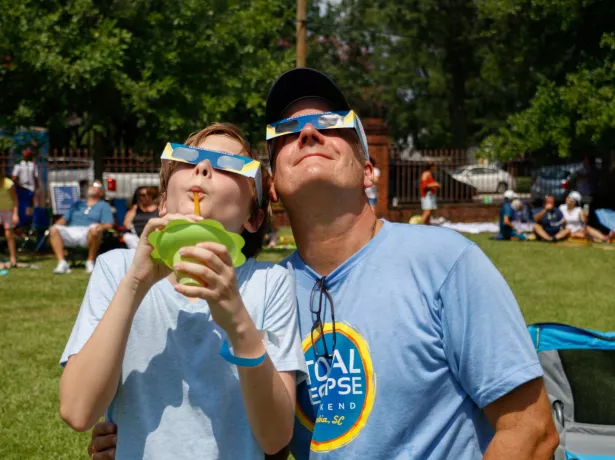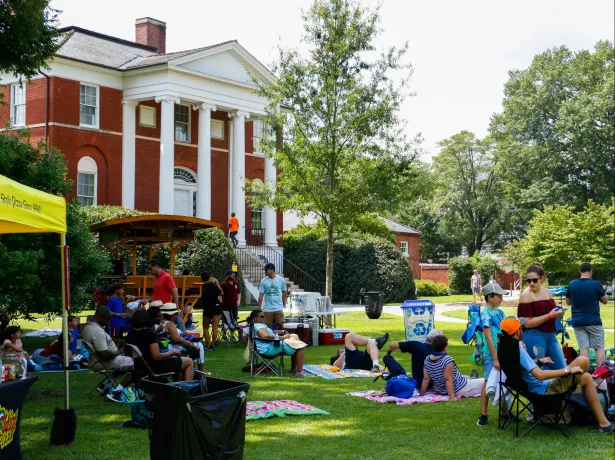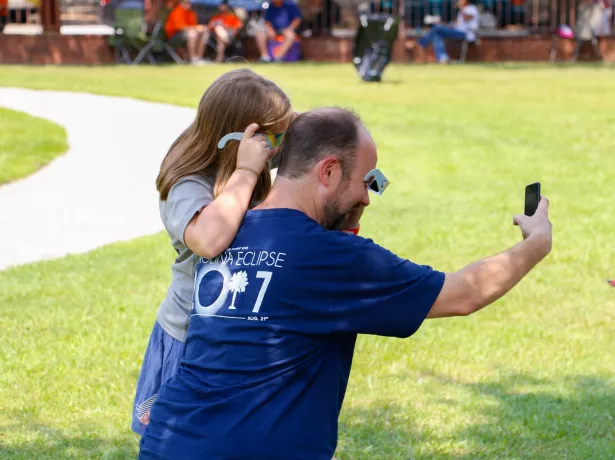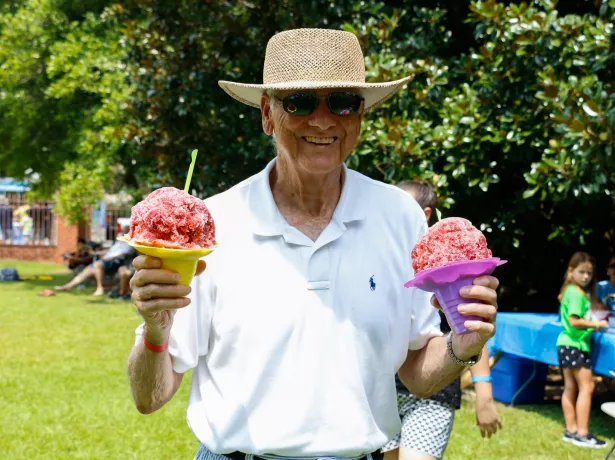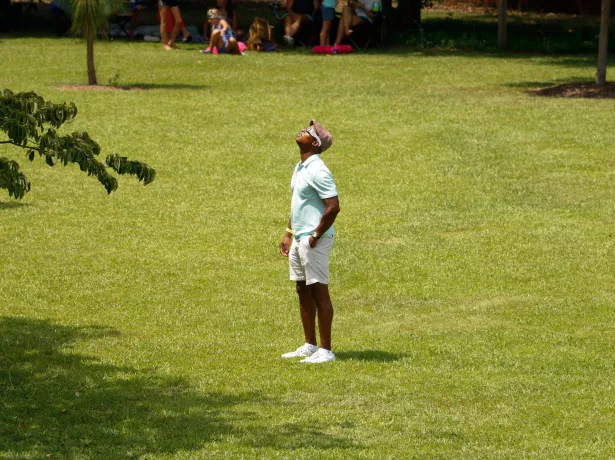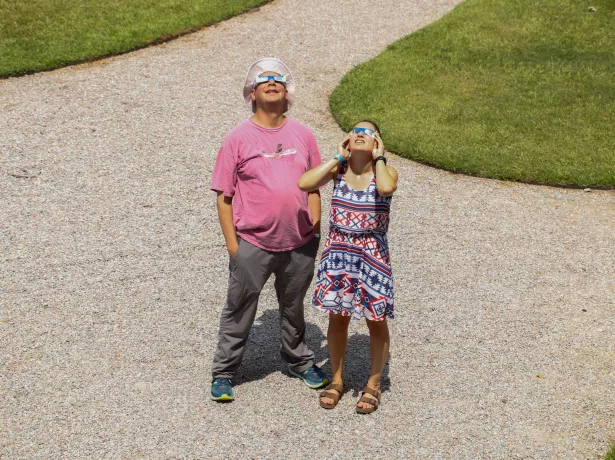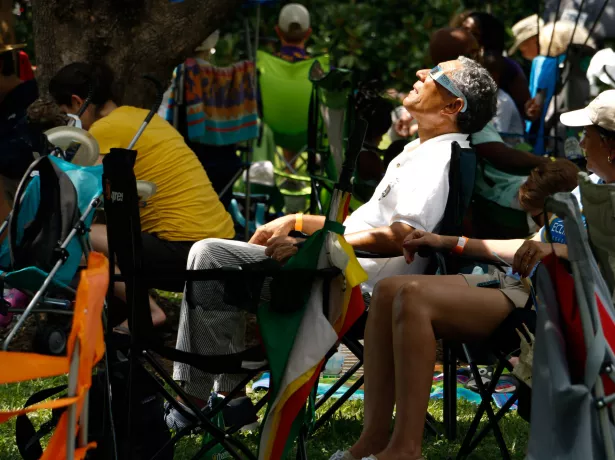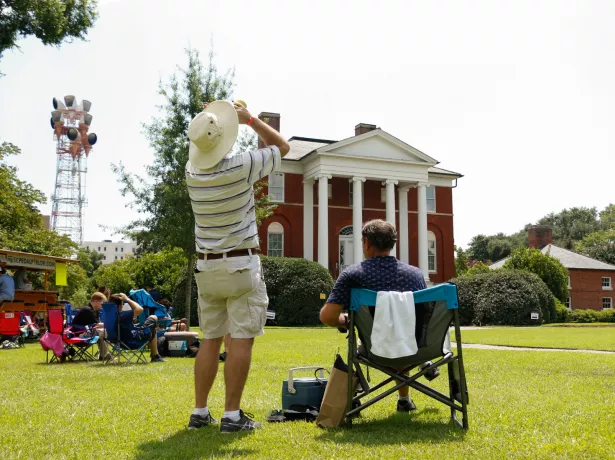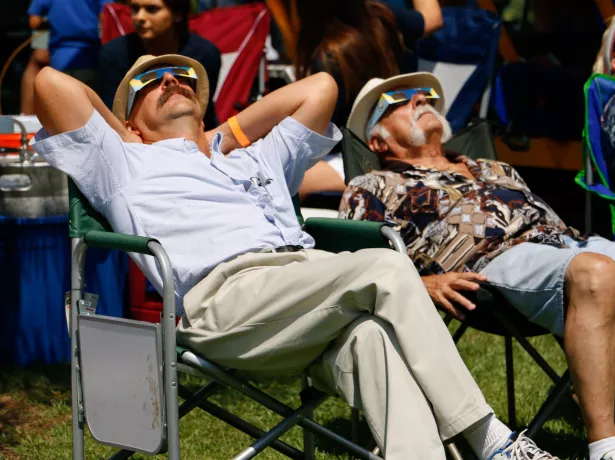In the Path of Totality
Thursday, August 23rd 2018
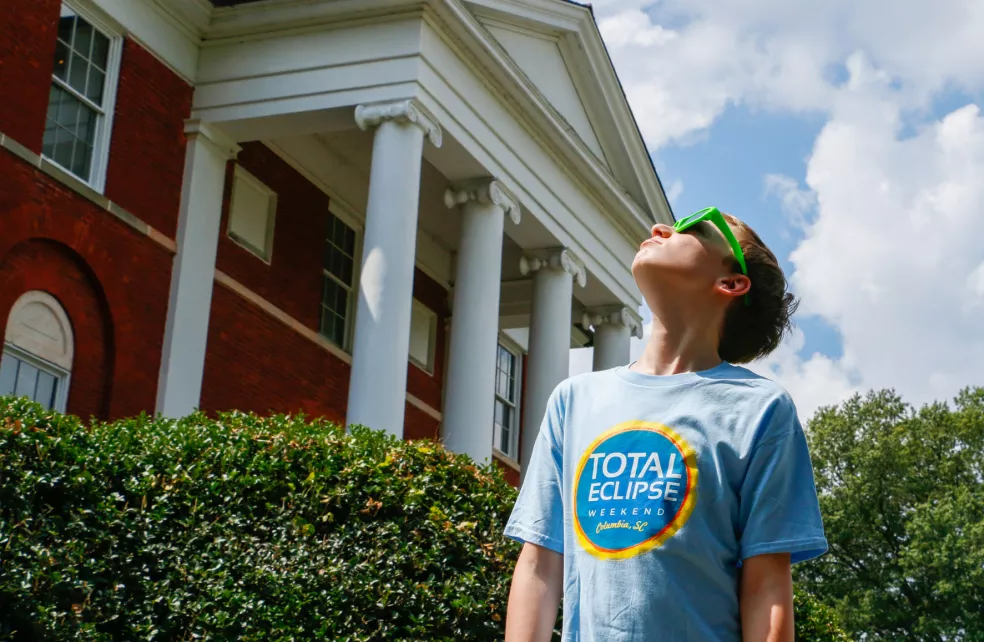
Have you ever been in the path of something that you cannot escape? Have you ever been faced with an event that cannot be avoided? Such situations often elicit anxiety or even dread. What if you knew exactly when and where such an event was to occur? What would you do? How would you prepare?
Rather than with anxiety and dread, it has been with rapt anticipation that Columbians have readied themselves for an astronomical event noteworthy of history books. We, and the anticipated hundreds of thousands of visitors to the capital city, stand in path of totality. On Monday, August 21, 2017, a total solar eclipse will cast us in darkness. Day will become night, as this breathtaking phenomenon impacts the city like no other has in generations.
Stories of earlier solar eclipses, recorded by The State newspaper reveal the concerns, preparations and observations of our forebears while providing us with intriguing glimpses into the capital city they knew. For instance, the total solar eclipse of June 8, 1918 found Columbia lying far northeast from its path of totality. Leading up to the event, which would ultimately cast a modest shadow on the city, writers offered that, “The moon and sun in their glory cannot greatly eclipse Columbia.” Looking forward, on June 12, a correspondent concluded, “We ought to be able to pay some attention to the next eclipse, which is scheduled for 2017. The [First World] War should be over by that time, even according to . . . some of our own choicest pessimists.”
A little less than two decades earlier, on May 29, 1900, Columbians and other South Carolinians witnessed an eclipse of greater local impact, as they found themselves just outside of the path of totality for an event that engrossed most citizens but particularly “scientists, professors, students, ministers and ladies galore,” who traveled to the town of Little Mountain for a better view. Their journey involved rising early, making their respective ways to various electric streetcar stops and congregating at the train station where they boarded eight cars for the 30-mile trek.
They carried with them window panes and broken bottles caked in smoke from “lightwood splinter,” or fat wood to protect themselves from the eclipse’s harmful light. Following the event, in which animals were said to bed down for the night and birds ceased their songs, the 450-strong crowd returned to Columbia, many with “sooty nose or blackened cheek” from their protective “glasses” and several suffering from “barked shoes [and] torn dresses.” These inconveniences aside, their brush with the path of totality left many of them with an incomparable lifetime memory.
Soon, we, too, will experience an event of our lives. Unlike those of our predecessors’ our solar eclipse experience places us directly in the path of totality. But, while Columbia will be bathed in total darkness, albeit briefly, the sun and the moon will not truly eclipse the excitement and celebration citizens of and visitors to the capital city will enjoy during this once-in-a-lifetime event #OnThisSpot where #HistoryIsCool.
This article was originally published in The Columbia Star.
